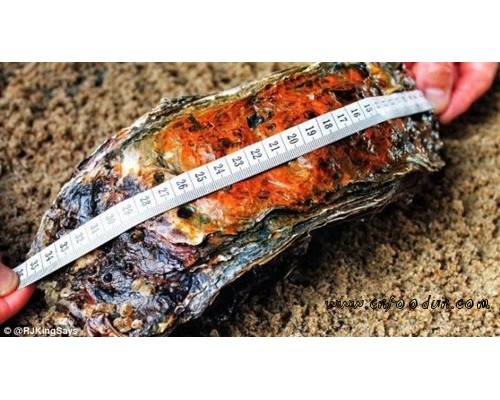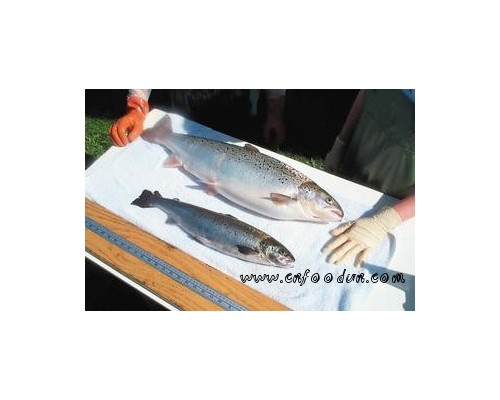食品伙伴网导读:2010年3月24日,欧盟发布植物保护产品排放物的科学意见。
原文报道:
The European Food Safety Authority (EFSA) asked the Panel on Plant Protection Products and their Residues (PPR) to develop an inventory of protected crop systems (e.g. greenhouses and cultivations grown under cover) and emissions from these systems to relevant environmental compartments, and to provide guidance on the importance of emission routes including the circumstances under which they are relevant. These are important prerequisites for the process of developing risk assessment procedures which can be used in the framework of authorisation of plant protection products (PPP) for the European market. The market share of protected crop systems compared to the open field is becoming increasingly important, both in areas devoted to these systems and in the turnover of the sector. The PPR Panel found ample evidence that emissions from protected crop systems, including greenhouses, do occur, contrary to the definition of Regulation (EC) 1107/2009, so that further investigation on the necessity for additional risk assessment methodology is warranted.
Several kinds of structures are used to protect crops, from soil mulching and direct crop cover to high-tech glass/greenhouses, so the Panel started to develop a classification system. Mulching and direct crop cover are considered to have little impact on emissions of PPP to environmental receptors, so that environmental risk assessment (ERA) for open fields can be applied. For the other protected crop systems, six classes seem appropriate to adequately describe their variety: low plastic tunnels, plastic shelter, net shelter, shade house, walk-in tunnels and greenhouses. Soil-bound cultivation is predominant in protected crop culturing. Soilless growing systems are becoming more important and are already predominant in a few countries. Closed-loop irrigation is still not generally common in soilless growing systems.
An emission from a protected crop system is defined as the net transfer of a PPP over a boundary of the system. For the development of appropriate environmental risk assessment methodologies, water and air were identified as the two main carriers to be considered. The protected crop systems need ventilation to control temperature and other growing conditions in the system. In general ventilation rates will be such that PPPs will be carried to the outside once they are present in the air in the system. Water is usually applied in excess and also closed-loop irrigation systems need to discharge water in order to control salinity and other growing conditions. The excess water and any PPP dissolved in it may end up in groundwater and / or surface water.
Recognising that emissions may occur and that conditions may not necessarily differ from open fields, the Panel proposes to use risk assessment for open fields unless it is demonstrated that the emission profiles will be different. The Panel drafted a decision scheme, but recognises that further research, including scenario studies, are necessary to complete the scheme and be able to fully answer the questions. The questions should be addressed separately for each of the receptors, air, groundwater and surface water, for each of the three regulatory zones. Appropriate risk assessment methods can then be developed afterwards for protected crop systems whose emissions are predicted to be different from emissions of field crops. The Panel concludes that it is not necessary to develop new methods for soil exposure in protected crop systems as this will be sufficiently covered by current methodology.
详情见:http://www.efsa.europa.eu/en/scdocs/scdoc/1567.htm







